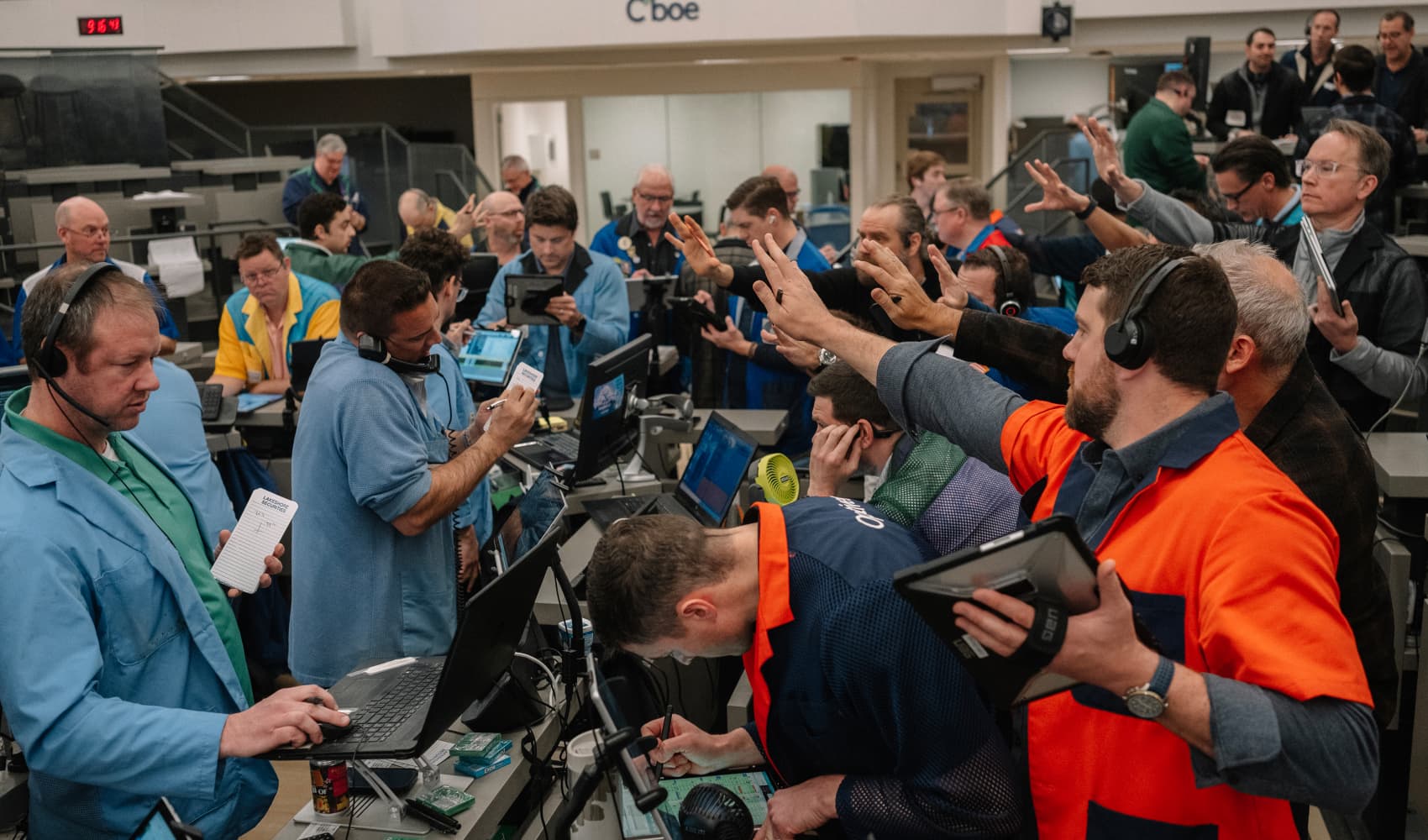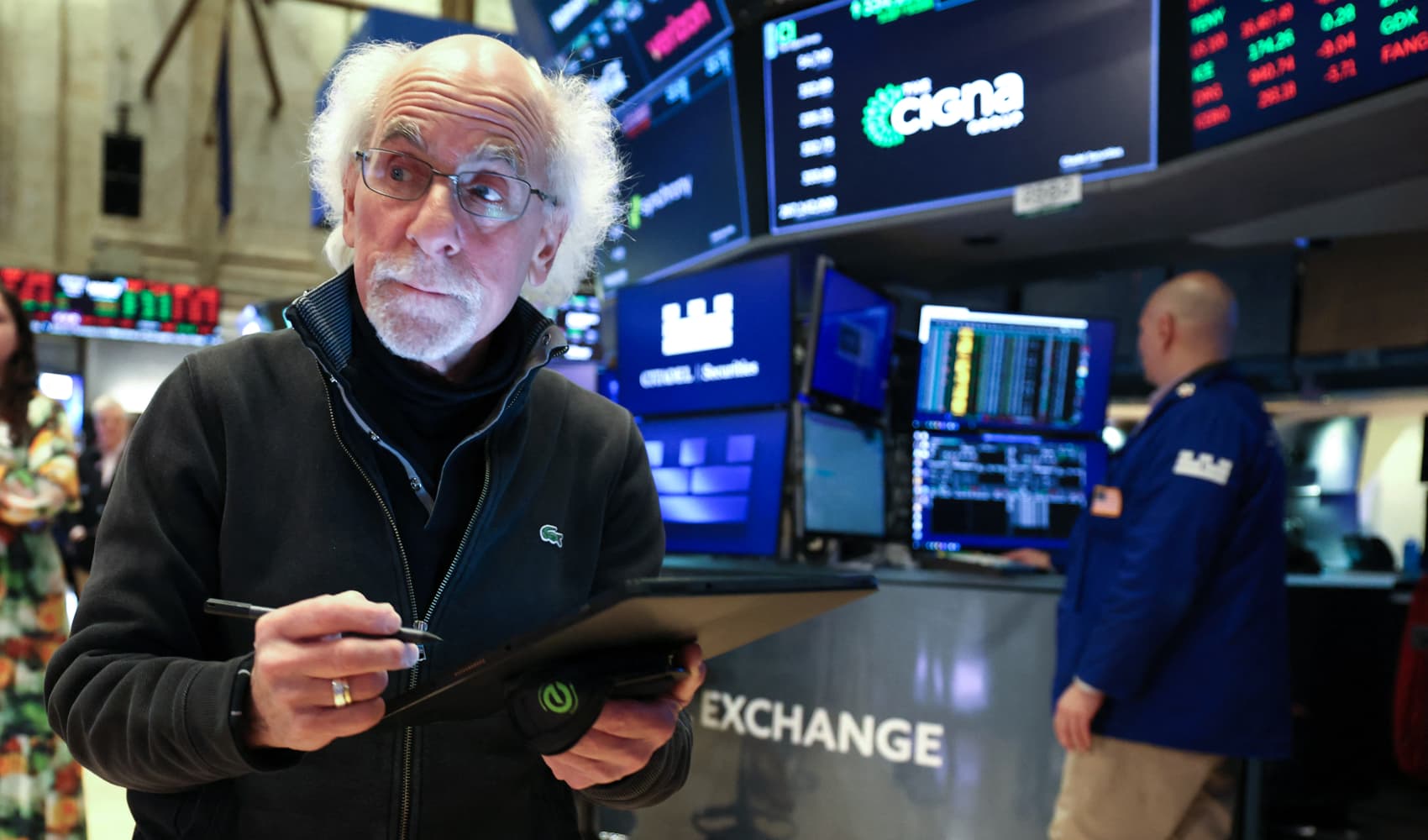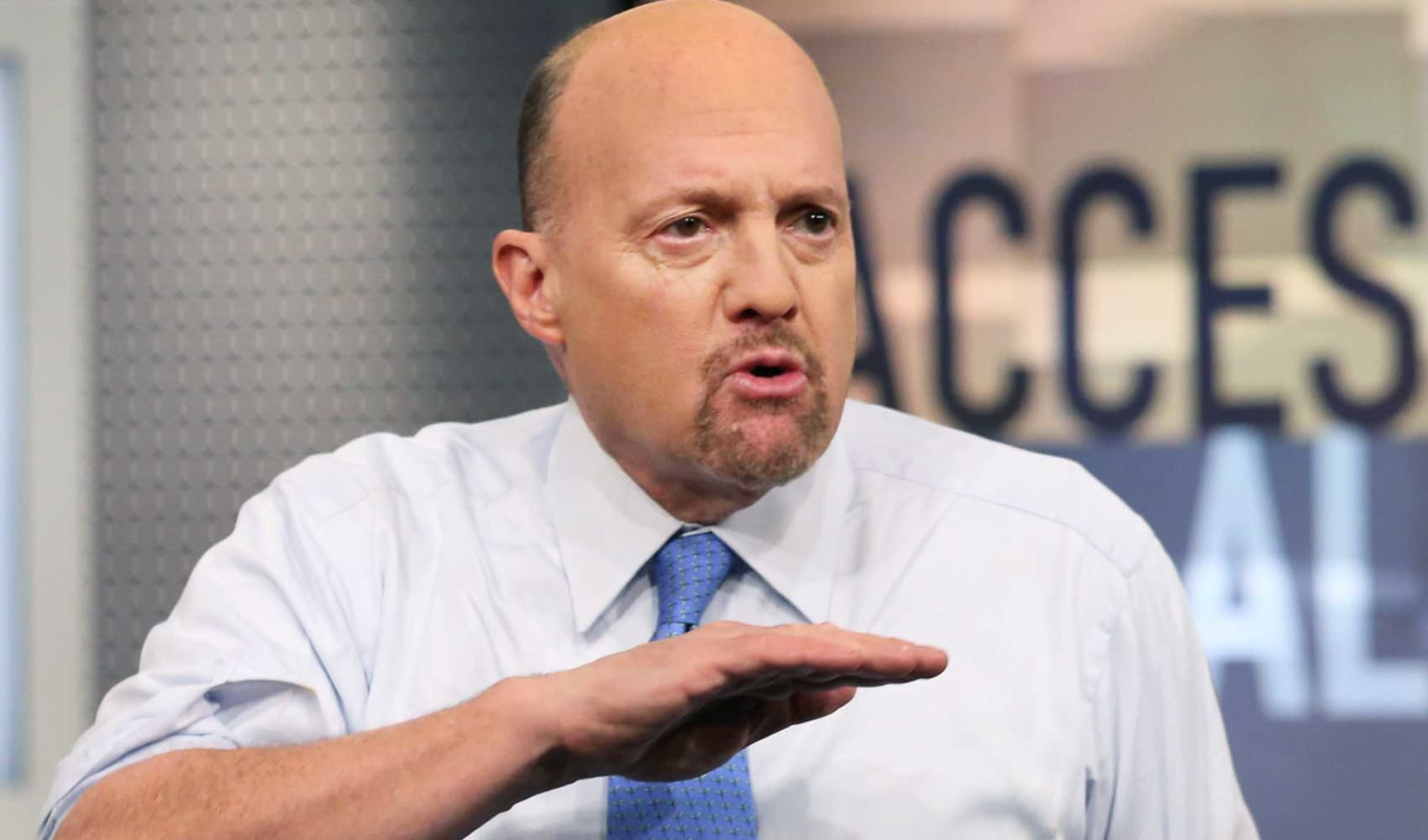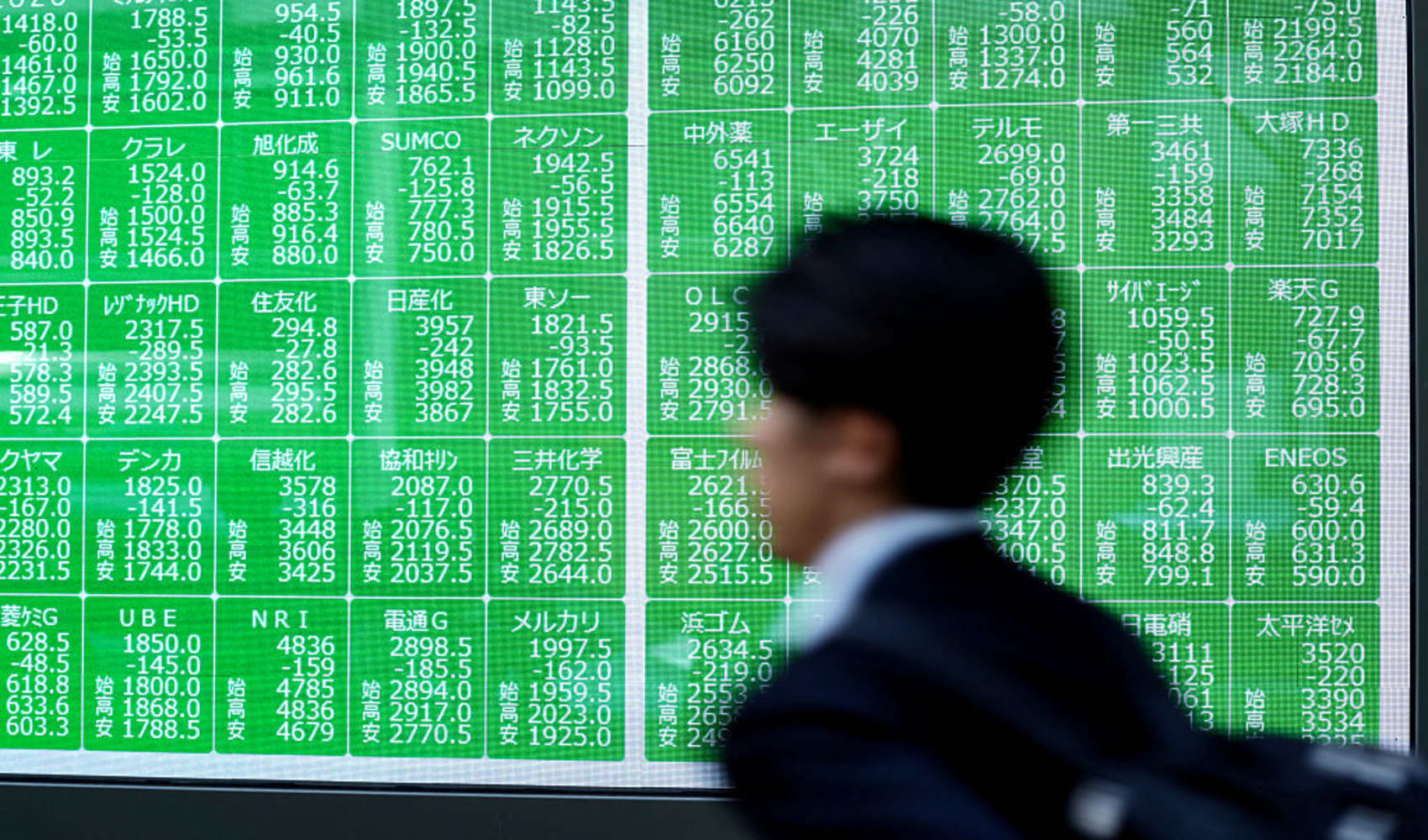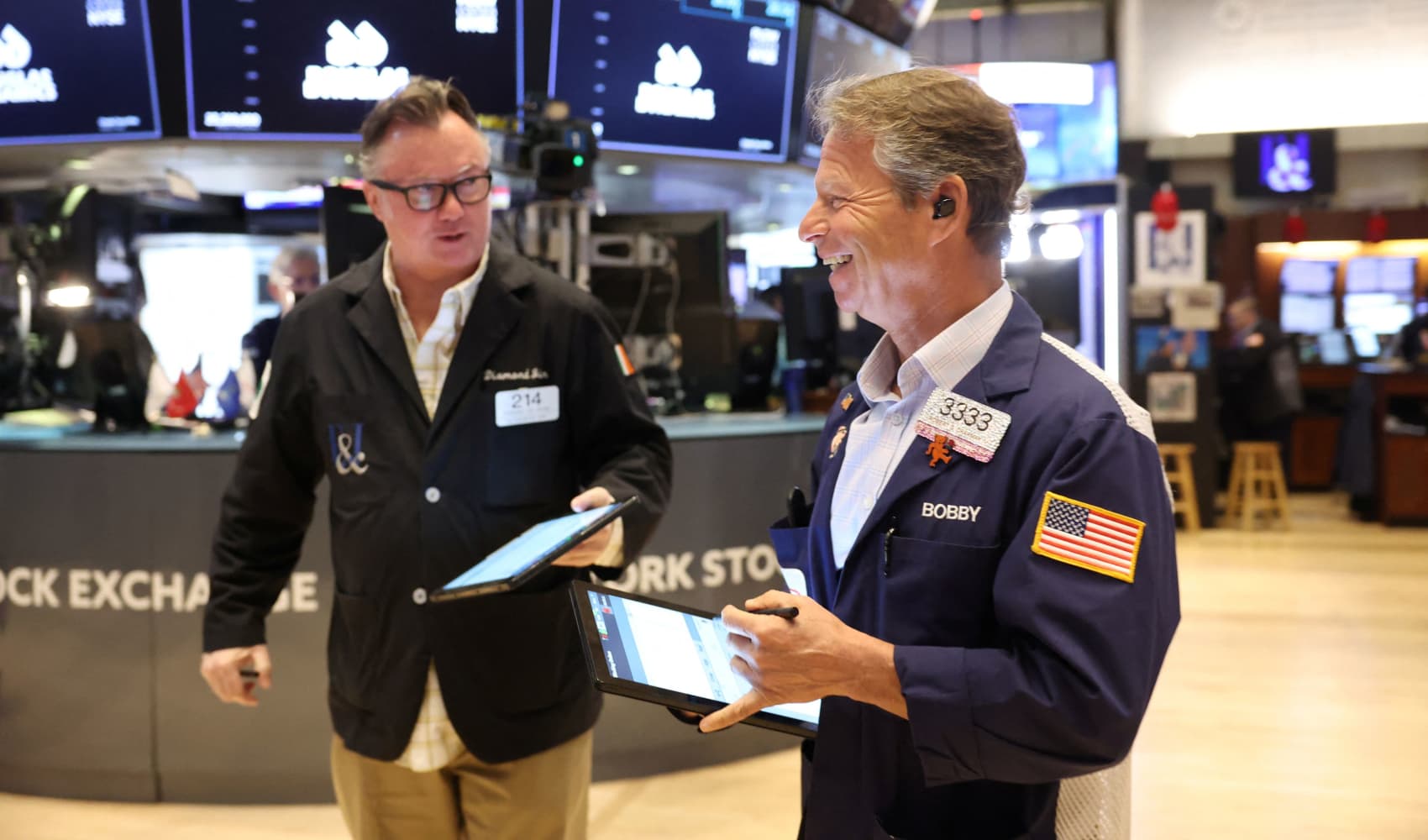Active ETFs Surge! Index Funds Face Biggest Test in 2025
Active Investing's Comeback? Index Fund Dominance Faces 2025 Test
Introduction: The Shifting Sands of ETF Investing
For years, index funds have reigned supreme in the world of exchange-traded funds (ETFs). Low costs, broad diversification, and ease of use have made them the go-to choice for investors of all stripes. But is the tide turning? Recent data suggests that active management is staging a comeback, posing the biggest challenge to index fund dominance we've seen in ages, particularly as we navigate the choppy waters of the 2025 stock market. Think of it as a David vs. Goliath story, but with ETFs! Are we witnessing the beginning of a new era in ETF investing?
The Active Surge: Equity ETFs Leading the Charge
Recent exchange-traded fund flows paint a fascinating picture. While the overall ETF market continues to grow, actively managed equity ETFs are seeing a disproportionate influx of assets. This suggests investors are increasingly willing to pay a premium for the potential of outperformance, even in the face of higher fees. Is this just a temporary blip, or a sign of a more fundamental shift?
H2: The Perfect Storm: Factors Driving the Active Resurgence
Several factors are contributing to this resurgence of active management. Let's break them down:
H3: The Rise of the Younger Retail Investor
Younger investors, often armed with access to real-time market data and a higher risk tolerance, are playing an increasingly important role in the market. They are more likely to experiment with active strategies, seeking to "beat the market" rather than simply mirroring it. This new generation of investors is comfortable with taking calculated risks.
H3: Navigating Market Volatility
The recent market volatility, with its sharp swings and unpredictable patterns, has created an environment where active managers believe they can add value. They can adjust their portfolios more nimbly than index funds, potentially mitigating losses and capitalizing on opportunities. Active managers see volatility as a playground, not a minefield.
H3: The Active ETF Explosion
The sheer number of new active ETFs launching across a wide range of asset classes is staggering. From thematic ETFs focused on specific trends to quant-driven ETFs employing sophisticated algorithms, investors have more choices than ever before. This proliferation of options is making active management more accessible and appealing. It's like a candy store for investors seeking alpha.
H2: Index Funds: Still the Kings?
Despite the growing popularity of active ETFs, it's important to remember that index funds still hold the vast majority of ETF assets. Their low costs and broad diversification remain highly attractive to many investors, particularly those with a long-term investment horizon. Index funds are the reliable workhorses of the investment world.
H2: The Role of Fees: A Constant Consideration
One of the biggest advantages of index funds is their low fees. Actively managed ETFs typically charge higher fees to cover the costs of research, portfolio management, and trading. Investors need to carefully weigh the potential for outperformance against the higher cost. Is the potential reward worth the added expense?
H2: Defining Active Management: Beyond Stock Picking
Active management isn't just about picking individual stocks. It can also involve strategies like tactical asset allocation, sector rotation, and hedging, all aimed at maximizing returns or mitigating risk. Active management is about being nimble and adaptable.
H2: 2025: A Year of Uncertainty and Opportunity
The year 2025 presents a unique set of challenges and opportunities for investors. With ongoing economic uncertainty, geopolitical risks, and evolving market dynamics, active managers may have a greater chance to shine. 2025 could be a defining year for the active vs. passive debate.
H2: The Importance of Due Diligence
Whether you're investing in index funds or active ETFs, it's crucial to do your homework. Understand the investment strategy, the fees, and the potential risks before putting your money on the line. In investing, knowledge is power.
H2: Risk Management: A Key Differentiator
Active managers often emphasize risk management as a key component of their investment process. They may use strategies to limit downside risk, such as hedging or diversification. Protecting capital is just as important as generating returns.
H2: The Long-Term Perspective
While short-term performance is important, it's crucial to maintain a long-term perspective when investing. Both index funds and active ETFs can play valuable roles in a well-diversified portfolio. Investing is a marathon, not a sprint.
H2: The Rise of Smart Beta: Blurring the Lines
Smart beta ETFs, which combine elements of both active and passive management, are becoming increasingly popular. These ETFs track rules-based indexes that aim to outperform traditional market-cap-weighted indexes. Smart beta is the hybrid car of the ETF world.
H2: The Impact of Technology: Algorithmic Trading and AI
Technology is transforming the investment landscape, with algorithmic trading and artificial intelligence playing increasingly important roles. Active managers are using these tools to identify opportunities and execute trades more efficiently. Technology is leveling the playing field.
H2: The Regulatory Landscape: Potential Changes on the Horizon
Changes in the regulatory environment could also impact the active vs. passive debate. New regulations could level the playing field or create new opportunities for active managers. The regulatory landscape is a constantly evolving puzzle.
H2: Diversification: The Cornerstone of Any Investment Strategy
Regardless of whether you choose index funds, active ETFs, or a combination of both, diversification is essential. Spreading your investments across different asset classes, sectors, and geographies can help mitigate risk. Don't put all your eggs in one basket.
H2: Finding Your Investment Style: A Personal Journey
Ultimately, the best investment strategy depends on your individual goals, risk tolerance, and investment horizon. There's no one-size-fits-all approach. Investing is a personal journey.
H2: Conclusion: A New Era of ETF Investing?
The resurgence of active management in ETFs is a significant development. While index funds will likely continue to dominate the market, the active tilt is here to stay. As we navigate the complexities of the 2025 stock market, investors should consider the potential benefits of both active and passive strategies, carefully weighing the risks and rewards. The future of ETF investing is likely to be a blend of both active and passive approaches.
Frequently Asked Questions
Here are some frequently asked questions about index funds, active ETFs, and the changing landscape of ETF investing:
- Q: What are the main advantages of index funds?
A: Index funds offer low costs, broad diversification, and ease of use. They are designed to track the performance of a specific market index, such as the S&P 500.
- Q: What are the potential benefits of active ETFs?
A: Active ETFs offer the potential for outperformance, as their managers can actively select investments and adjust their portfolios to capitalize on market opportunities.
- Q: How do I choose between index funds and active ETFs?
A: Consider your individual goals, risk tolerance, and investment horizon. Weigh the potential for outperformance against the higher fees of active ETFs.
- Q: What is "smart beta" investing?
A: Smart beta ETFs track rules-based indexes that aim to outperform traditional market-cap-weighted indexes by focusing on specific factors, such as value, momentum, or quality.
- Q: Is it possible to combine index funds and active ETFs in a portfolio?
A: Absolutely! Many investors use a combination of index funds and active ETFs to create a well-diversified portfolio that balances low costs with the potential for outperformance.
